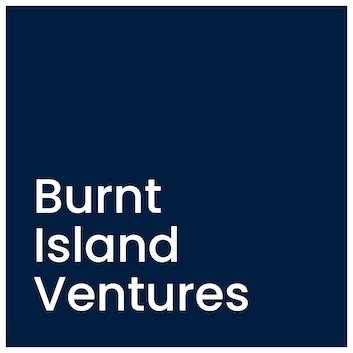Why we invested in NLine Energy
Teams and track records matter. Building a significant leadership position in any market is remarkable, but to do it in the way NLine Energy has with small hydropower development - with grit, persistence, a dedication to quality, and customer service - is particularly so. I have known Matt Swindle, NLine’s CEO, for six years and he, Gene, and Nate have built a stellar reputation in their core business, and we are delighted to announce our investment in the company completed earlier this year. They have a growth engine on the horizon that is very promising indeed, all while making a significant contribution to energy efficiency.
It’s a huge pleasure to join the team. Why did we do it?
A strong core business, an exciting new one, and a flourishing market
The team are the acknowledged domestic experts in their section of the hydro market. Their hydro advisory work throws off excellent cash flows, providing the economic foundation of NLine. With the additional thermal business line (using excess steam pressure from commercial and industrial boilers to drive the Microsteam Turbine® (MST) that can provide energy directly back to the site), they now have a product that can accelerate their growth trajectory considerably. When you layer on the extension of the investment tax credits in the December Stimulus Bill (and the potential for their reform to direct payment under the Infrastructure Bill) there is significant market support for what they’re offering.
Proven technology in proven hands
Hardware with very little technical risk can be awesome. Under the old guard, there were 30+ turbine deployments over 20 years. Previously, it was a case of the right technology in the wrong hands - the sales force of former IP licensees weren’t incentivized to sell the unit given the opportunity cost of alternatives in their product catalog. Since NLine acquired the IP in late 2020, they have six additional MSTs going into customer sites and six more awaiting contract signature.
In the context of a company growing from the ground up, and in the hands of Nate Turner who runs the Thermal business line, this is very much a significant potential business. They are currently rolling out the first size of the unit with a $2.9bn domestic TAM. There are two more versions of the product already specced out that can open international markets. There is also a useful physical moat here - the scope for effective competition is limited by the laws of physics. The unit operates at 60-80% efficiency already.
Strong unit economics and intriguing financing options
This is a unit that can provide exceptional economics to the buyer (2-4 year payback) in their target markets with opportunities for grant funding to sweeten the deal. A compelling case for buyers gets even more so if clients don’t have to pay anything up-front. There is significant infrastructure and energy-focused financing available to allow NLine to build their projects on their own balance sheet and own a portion of the cash flows. This also gives them even more leeway on the payback thresholds of the projects, expanding the addressable market. The team has the optionality to build a very interesting, low-risk, high-yield asset holding company - but the core gross margin business could be simpler, and exceptional. Decisions, decisions.
Future demand for the entity being built
The huge growth potential, optionality over company structure, the support to both their sales velocity and the attractiveness of the portfolio of assets they can build (even before you get to the global value of the underlying technology which is, ummm, a lot) means you can see multiple compelling versions of the future. Who knows what’s in store, and we may be living in a very different economic environment, but our bet is that the world is going to want what Matt and the team are building - an hydro-energy retrofit powerhouse.
Spin them turbines, NLine Energy, and thanks for having BIV on board.

